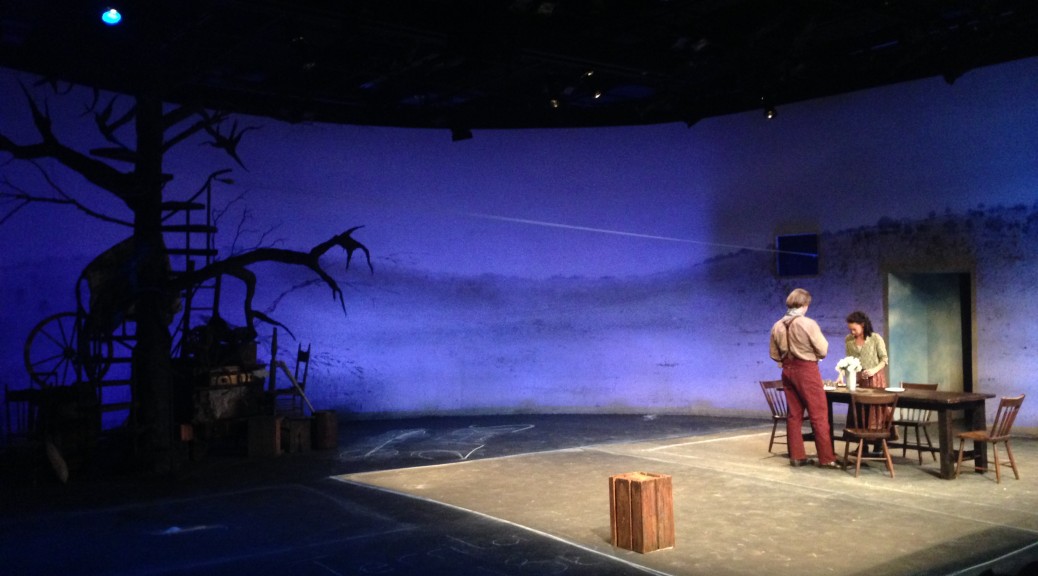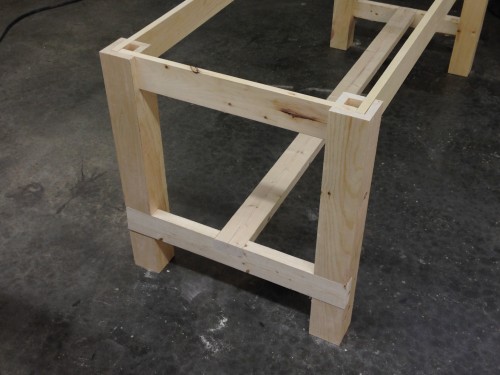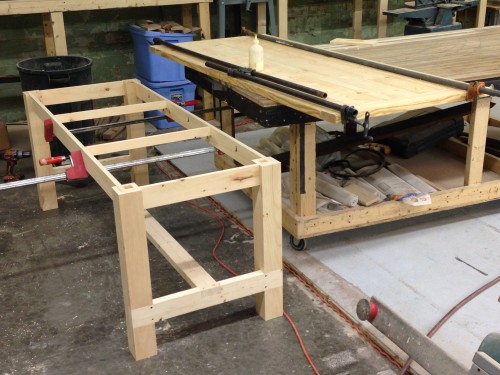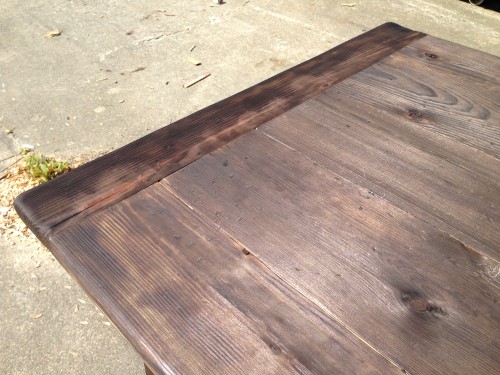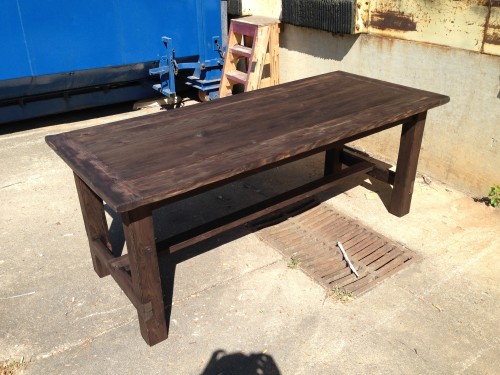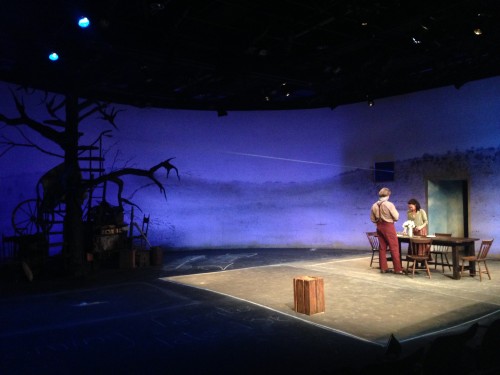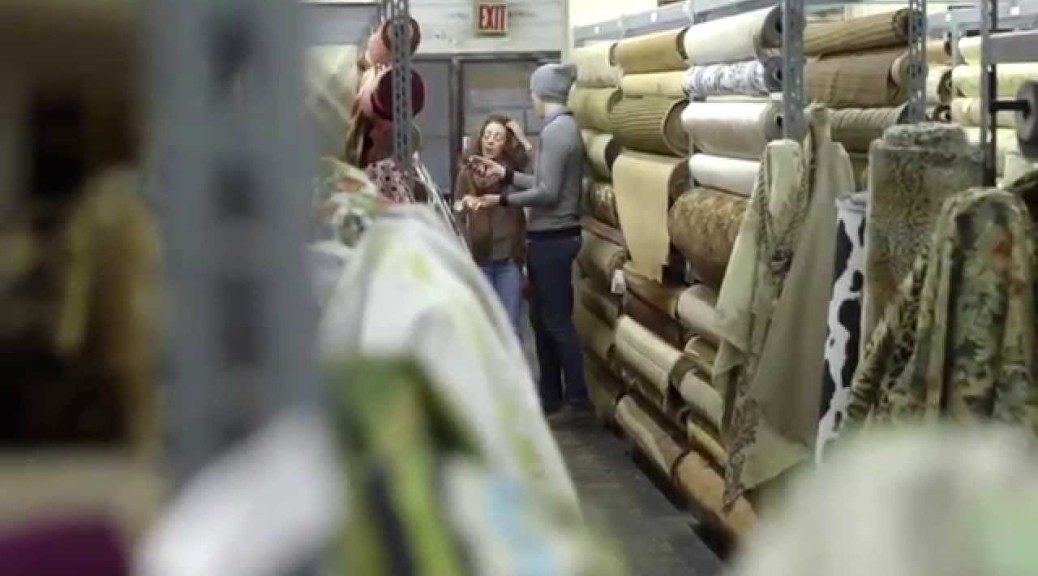Greetings from tech rehearsals for the first show of the season here at Triad Stage. We’re starting off with Cat on a Hot Tin Roof. The props are very pretty. But let’s talk about what the rest of the internet is doing.
The first big news is that the Society of Properties Artisan Managers has started a Facebook group open to all professional props people, old and new. While the organization itself remains reserved for full-time managers of prop shops, the group is a chance for prop makers and masters of all types to meet and talk shop.
Get Surrey has a news article on Graeme Lougher, a prop maker who has built props for everything from Harry Potter to Red Dwarf.
Make Magazine had two cool sculpting items recently. First, Emily Coleman shows us how to sculpt a fantasy owl with armature wire, Apoxie Sculpt and Sculpey. Second is this great video of Chris Johnson sculpting a monster.
Did you know Abercrombie & Fitch used to sell camping gear? They did. And Internet Archive has one of their catalogs from 1916 available for viewing online. If you wanted to know what kinds of duffel bags or what sort of provisions they carried in the early twentieth century, this is your resource.
Finally, this is pretty cool if you’re into cosplay. The makers of the upcoming Horizon Zero Dawn have released a comprehensive guide for cosplaying the main character. It has construction details for all the little accessories and clear views of all her props.

